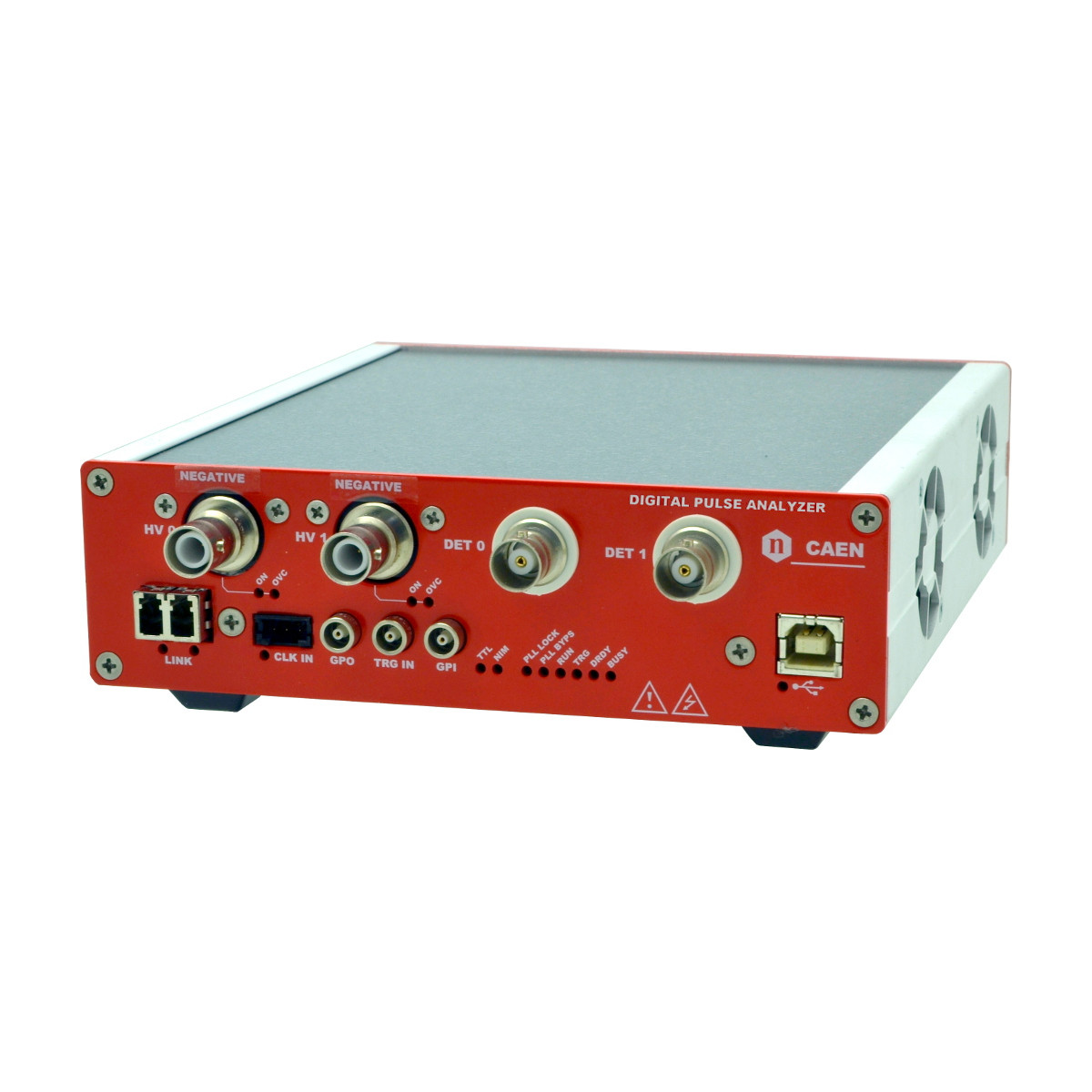
—
Title: Researchers Train Cyborg Cockroaches to Traverse Mazes, Opening New Avenues for Rescue Missions in Disaster Areas
In a remarkable advancement, researchers at the Beijing Institute of Technology have introduced a groundbreaking technique for educating cockroaches to adeptly navigate mazes—an innovation that holds the potential to turn these common insects into essential partners in search-and-rescue missions.
The research group, headed by Li Yu, found that by administering gentle electrical impulses to a cockroach’s cerci—small sensory organs situated at the back of their body—they could not only guide the insect’s movements but also substantially improve its spatial memory development. This pioneering method enables cockroaches to master intricate maze routes significantly quicker and more reliably than conventional behavior-modifying techniques.
“To assess the impact of electrical stimulation on sensory organs concerning insect memory development, electric signals were applied to the cerci of cockroaches during training, leading them to navigate toward a specific pathway in the maze before making independent choices,” Yu clarified.
The findings, published in the journal Cyborg and Bionic Systems, revealed that the insects required just five training sessions to preferentially choose particular routes through a testing maze. The cockroaches attained an impressive memory score of 83.5%, surpassing traditional methods that rely on negative reinforcement, such as heat or electric shocks, to modify behavior.
—
Miniature Technology Enables Agile Learners
The training involved Madagascar hissing cockroaches equipped with tiny wireless devices weighing merely 675 milligrams—light enough to preserve their natural mobility. Researchers tested various electrical settings and discovered that stimulating at 100 Hz was most effective in guiding the insects, causing them to turn approximately 70 degrees toward the intended direction.
While scientists have previously shown that electrical signals can remotely control insect actions, this study represents the first instance where such stimulation has been demonstrated to boost natural learning and memory preservation in cockroaches.
“We showcased that cockroaches achieved spatial learning after only five training sessions. The cognitive performance of cockroaches undergoing electrical stimulation training surpassed that of traditional punishment-based techniques,” Yu noted.
Furthermore, the learning through steering proved to be stable and consistent among different cockroaches—a notable enhancement over traditional methods, which often yielded varied behavioral results among individuals.
—
Towards a New Generation of Rescue Agents
The potential ramifications of this research go well beyond mere maze navigation. Cockroaches are inherently equipped with excellent olfactory abilities, acute spatial awareness, and significant resilience—attributes that render them suitable candidates for challenging search-and-rescue operations in disaster-affected areas.
By merging these natural abilities with enhanced learning through electrical stimulation, researchers foresee a future where cockroach “cyborgs” could maneuver through collapsed structures, locate trapped victims, identify hazardous substances, or assess environments too perilous for human rescuers.
The team intends to further develop this technology by integrating electrical stimulation with environmental signals such as scent trails, visual indicators, and specific atmospheric chemicals. This combination would train cockroaches not only to reach targeted areas but also to actively identify cues linked to their goals.
—
Blurring the Boundary Between Remote Control and Self-Guidance
This innovative technique unites two previously distinct approaches to harnessing insects in technology: pure remote manipulation and advanced autonomous behavior informed by learning. Rather than controlling insects like machines, researchers are now empowering them to adapt and learn akin to trained animals—but with unparalleled precision and speed.
As cockroach “cyborgs” progress, they hold the promise of becoming crucial assets in real-world situations where traditional robots face challenges—navigating rubble, slipping through tight spaces, and independently seeking out survivors when time is of the essence.
The time might soon arrive when a squad of diminutive, trained cockroaches could be instrumental in saving lives during urban emergencies, thanks to the innovative fusion of biology and technology led by researchers like Li Yu and his team.
—
Discover more from SciChi. Subscribe to receive the latest posts straight to your inbox.